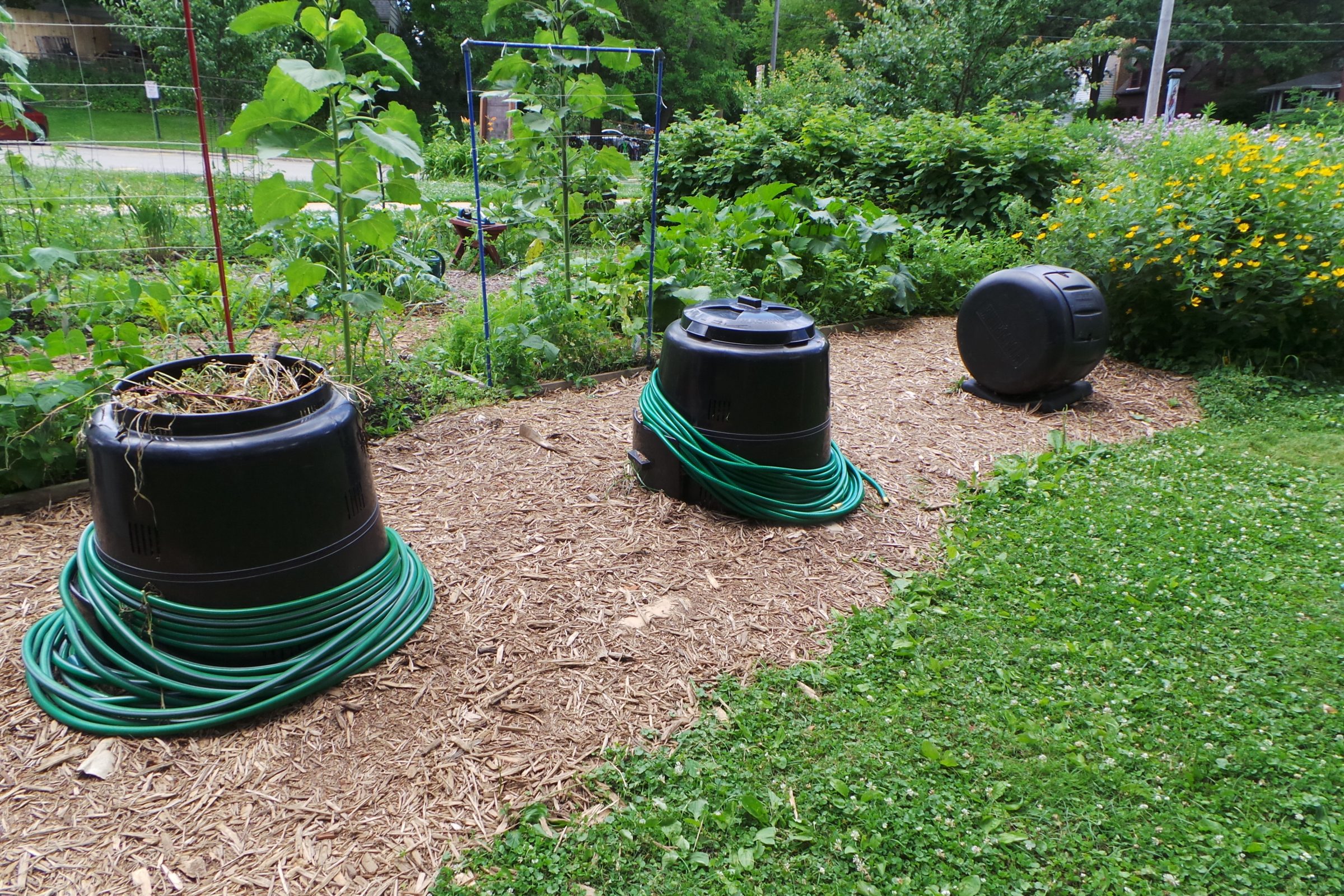
Overview
Home composting is an easy and inexpensive way to create a valuable soil amendment from yard and household waste. Composting means less waste going into the landfill and less need for chemical fertilizers.
While many people simply pile their compost in a heap, others may want to use a bin to contain their compost and speed up the composting process. Compost bins vary in size, use, and cost, whether you purchase a commercial product or build one yourself. This Do-It-Yourself Compost Bin series provides you with all you need to know to build your very own compost bin.
Can Composter
The can composter (figure 1) is a great way to make small batches of compost when you don’t have space for a larger bin.
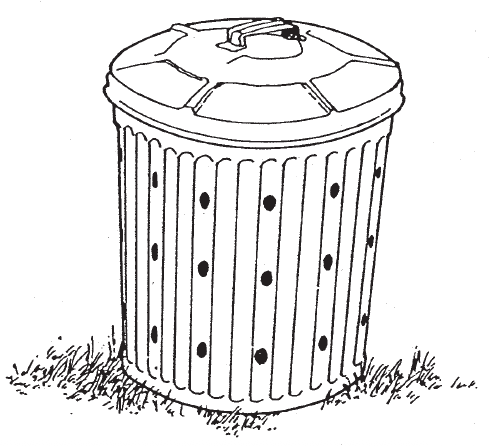
Cost: $
Capacity: About one 30-gallon bag of yard materials and kitchen scraps
Degree of difficulty: ✪
Little or no building skills needed
Construction Materials
- 30- to 50-gallon trashcan with cover (metal or plastic will work, but plastic will last longer)
- Food waste or green garden materials (see table 1)
- Shredded paper, leaves, or other dried plant material (see table 1)
- Coarse, untreated sawdust, straw, or wood chips
- Bricks or cement blocks (optional)
- Power drill
- Pitchfork, shovel, or compost turner
- Work gloves
Construction details
- Drill three rows of holes ½ to 1” in size 4 to 6” apart around the sides of the can. Then drill several holes in the lid and the bottom of the trashcan. These holes will allow the air to move and excess moisture to drain.
- Optional: Place the can on cement blocks or bricks to increase air circulation.
- Place 2 to 3” of sawdust, straw, or wood chips in the bottom of the can to absorb excess moisture and improve drainage. Layer one part green (nitrogen) materials with two parts brown (carbon) materials to fill the can. Make sure your brown materials include leaves or paper, as the carbon in wood chips or sawdust is not readily available to compost microbes. End with a top layer of brown materials to control odors and pests.
- The finished compost will be ready in 6 to 12 months (sooner if the materials are mixed regularly and kept damp).
Conclusion
Now you are ready to set your bin out in your yard and begin composting! Learn more about making and using compost in the garden as you get started.
Authors: Joe Van Rossum, former Recycling Specialist and Director at the Solid & Hazardous Waste Education Center (SHWEC)
Rev: 2013
Item number: G4020-02
References
Composting to Reduce the Waste Stream (NRAES-43) Plants and Life Sciences Publishing (PALS), Cornell Cooperative Extension http://palspublishing.cals.cornell.edu/ nra_order.taf?_function=detail&pr_ booknum=nraes-43
Master Composter Resource Manual Cornell Waste Management Institute cwmi.css.cornell.edu/ mastercompostermanual.pdf

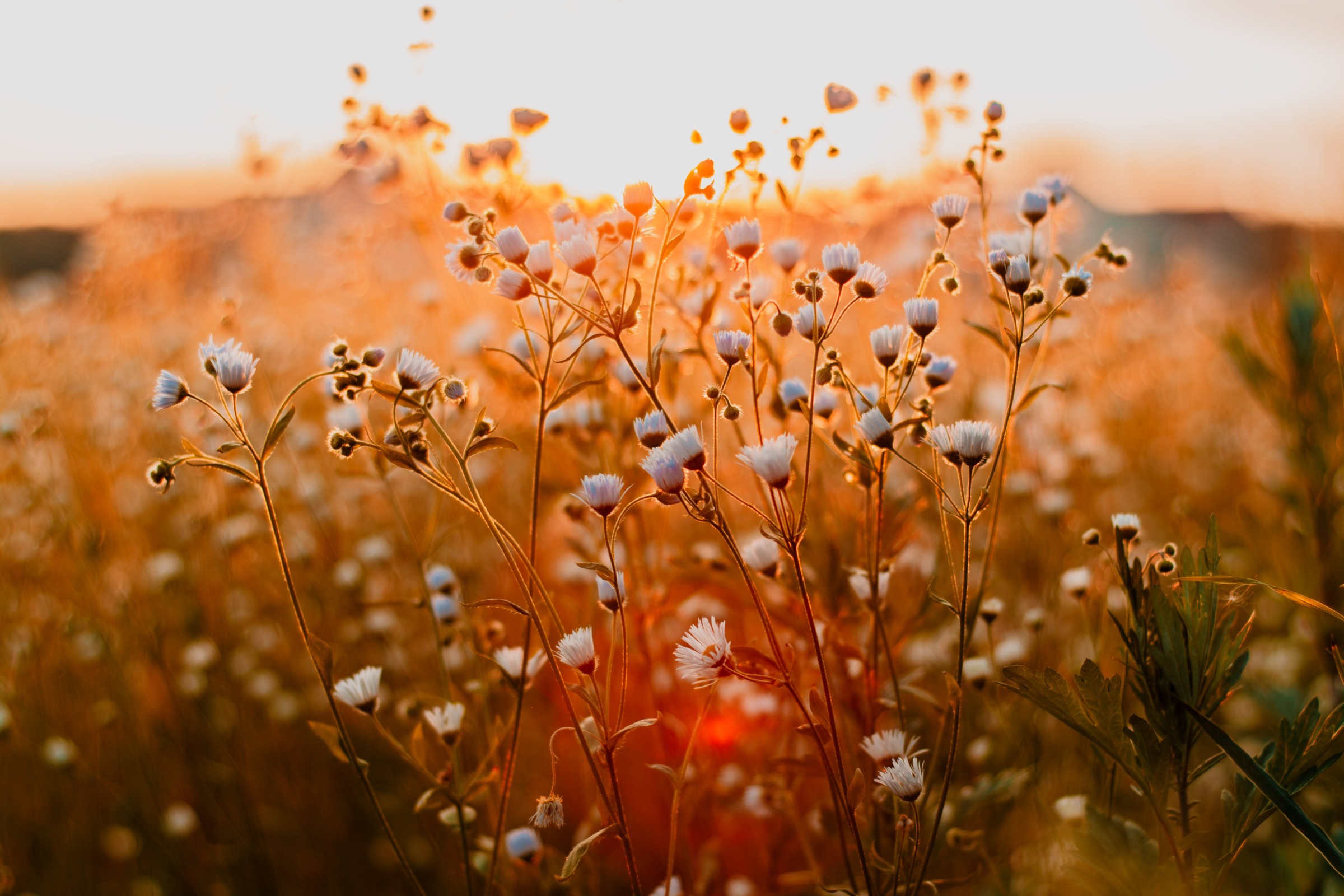
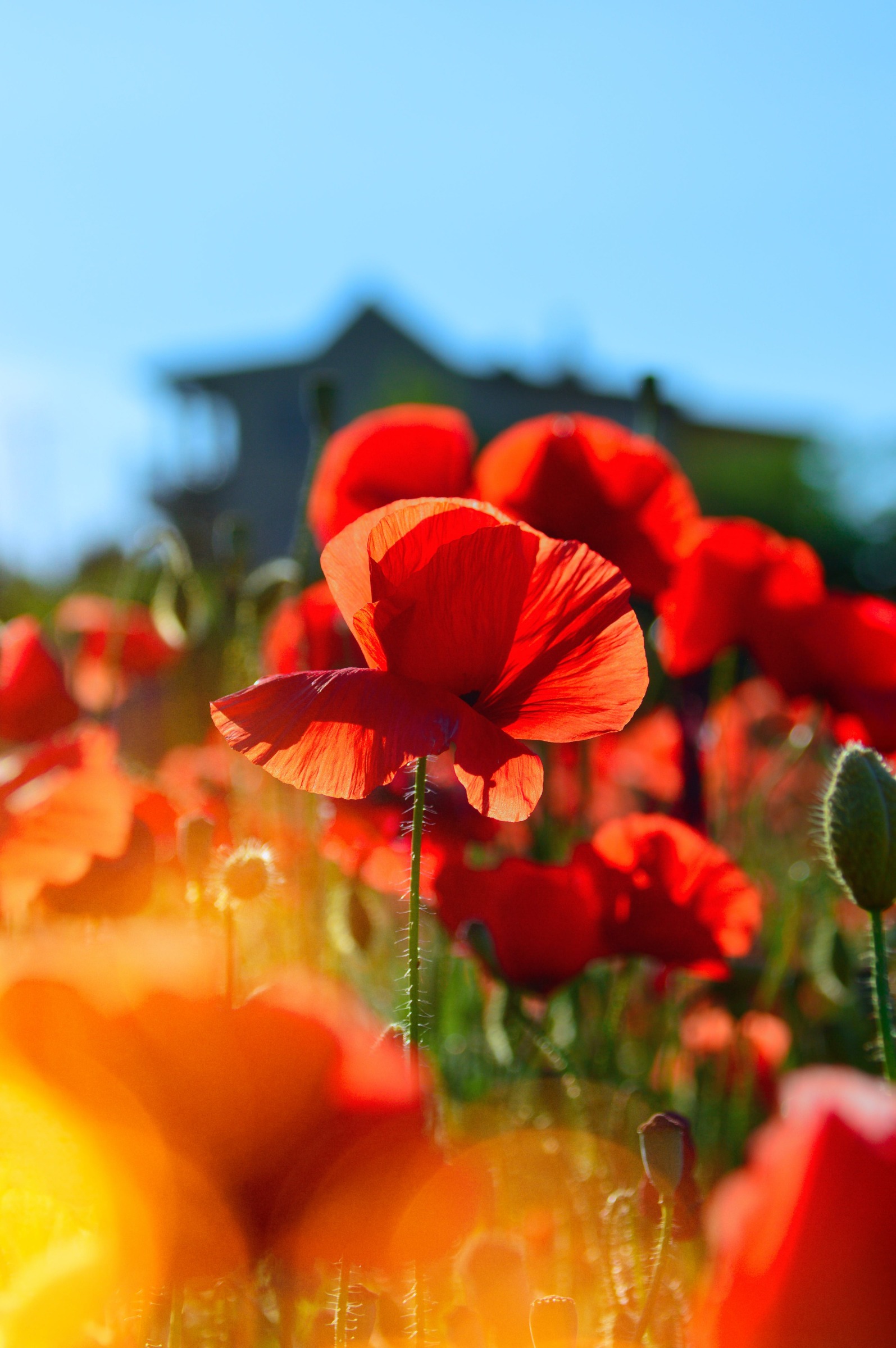
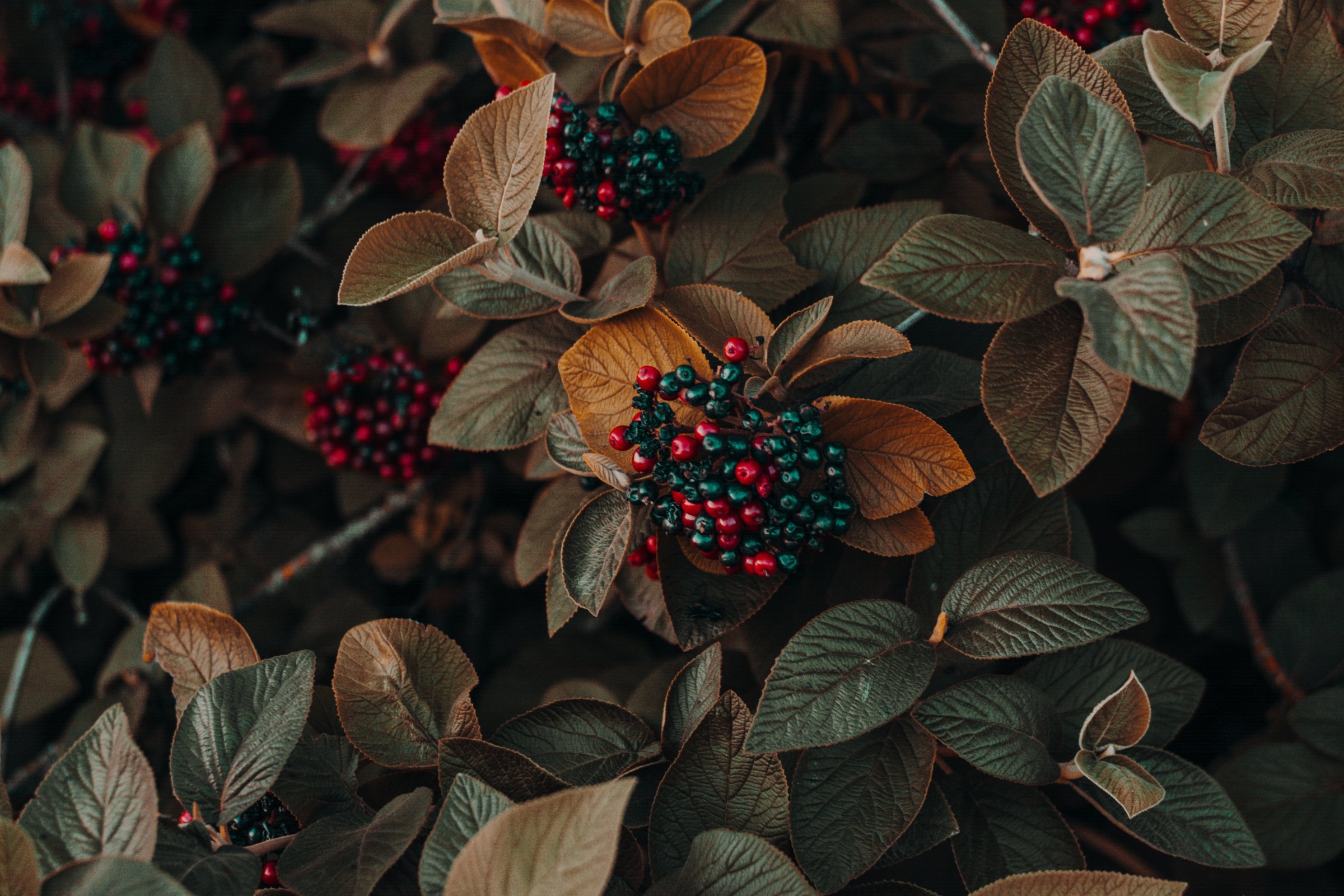

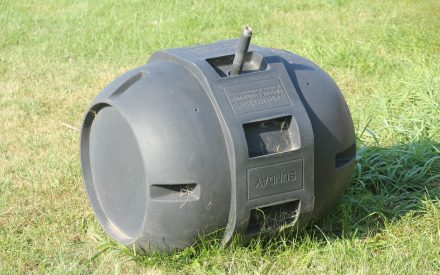 Barrel Composter: Do-It-Yourself Compost Bin Instructions
Barrel Composter: Do-It-Yourself Compost Bin Instructions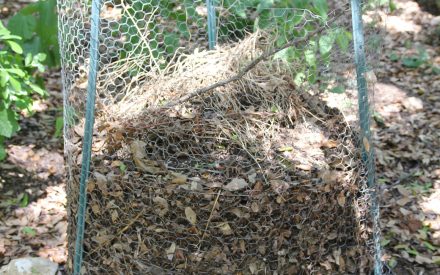 Wire Mesh Composter: Do-It-Yourself Compost Bin Instructions
Wire Mesh Composter: Do-It-Yourself Compost Bin Instructions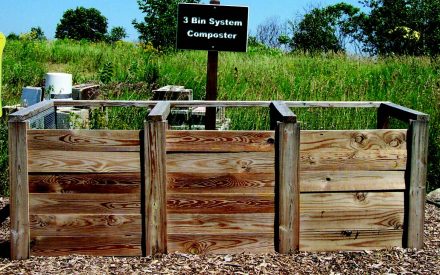 Wood 3-Bin Composter: Do-It-Yourself Compost Bin Instructions
Wood 3-Bin Composter: Do-It-Yourself Compost Bin Instructions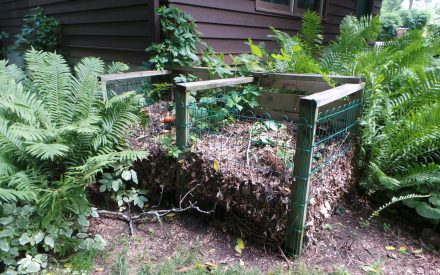 Wood & Wire Composter: Do-It-Yourself Compost Bin Instructions
Wood & Wire Composter: Do-It-Yourself Compost Bin Instructions


